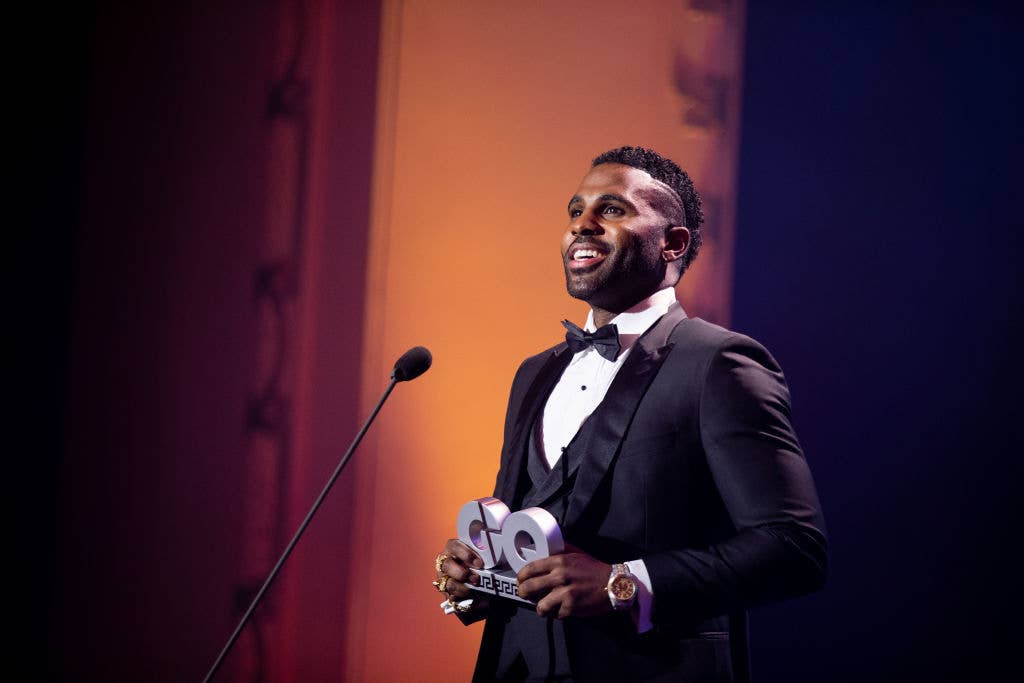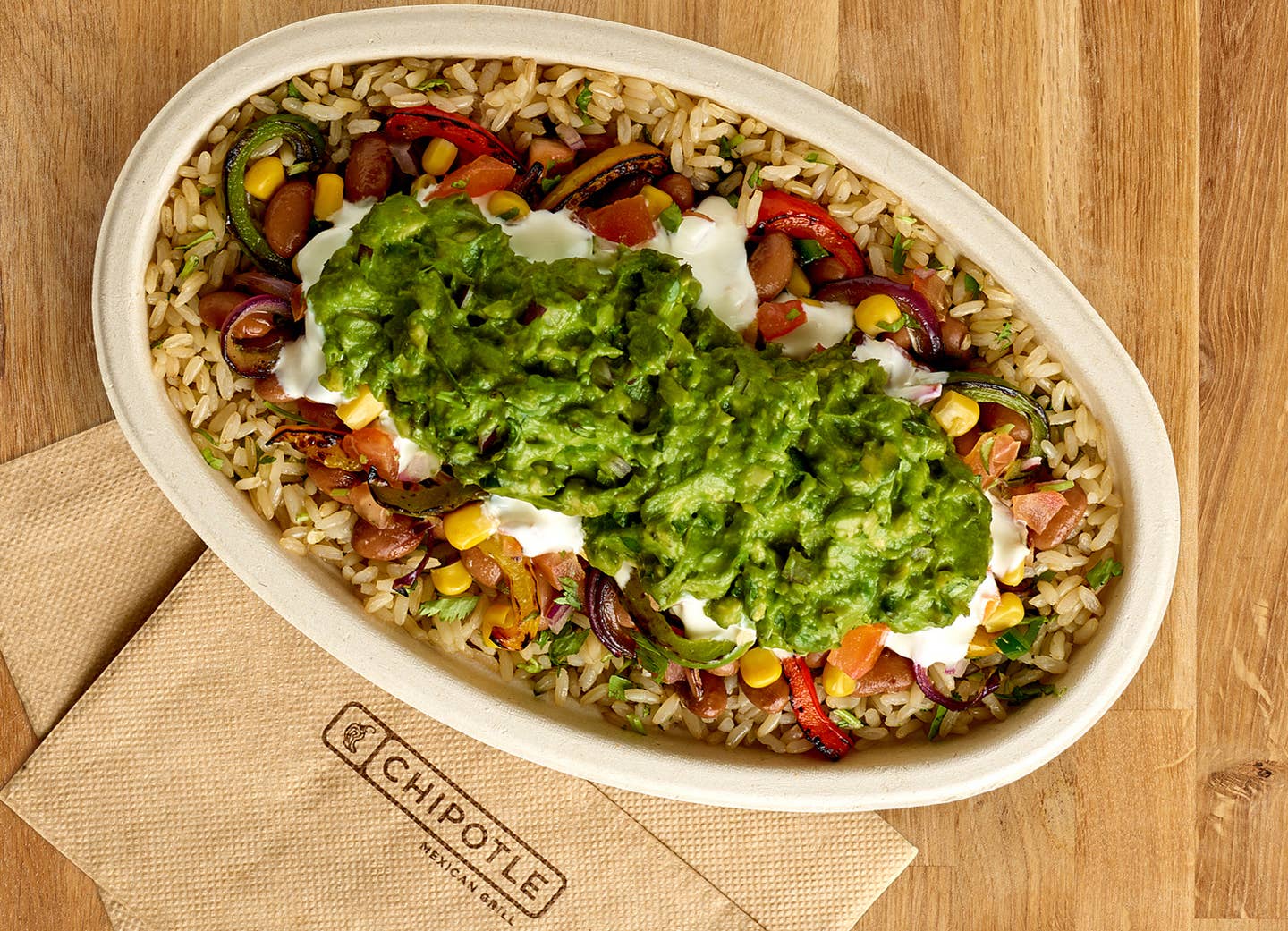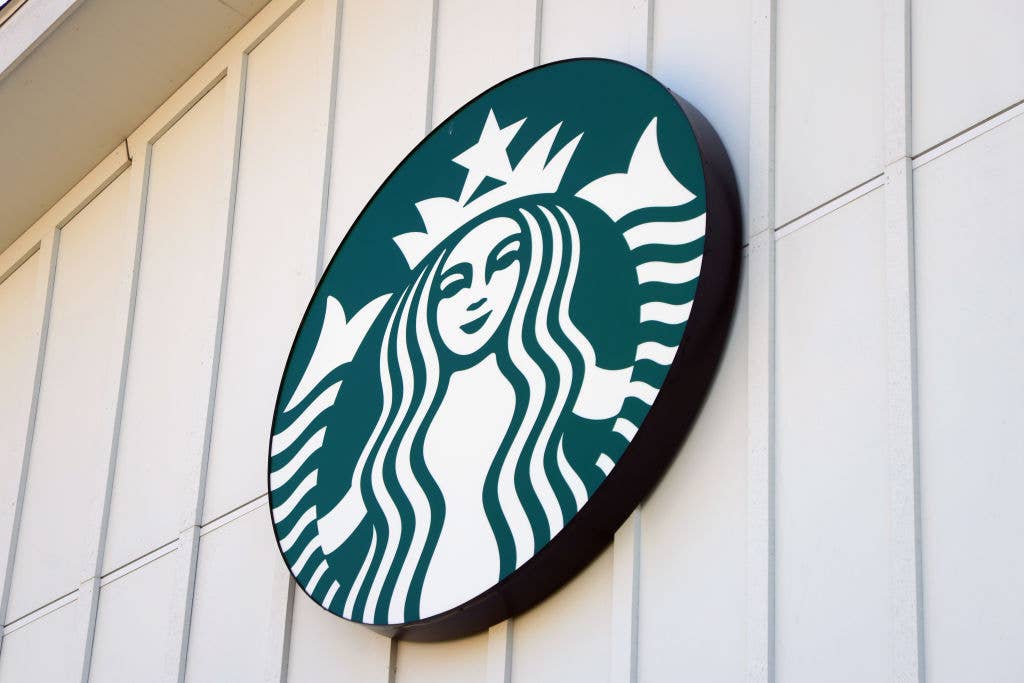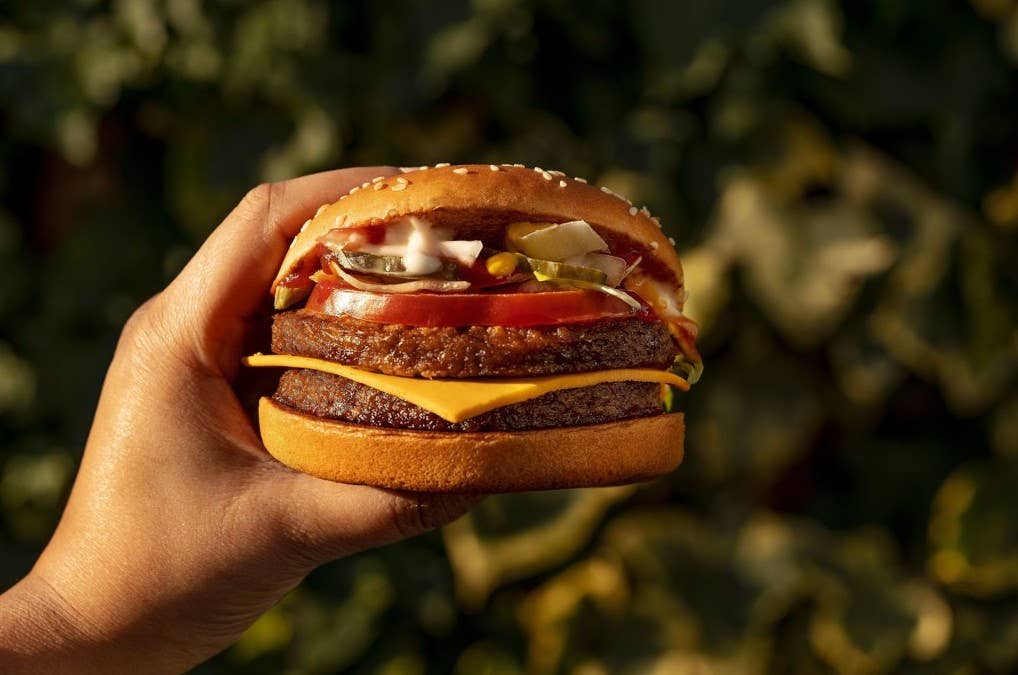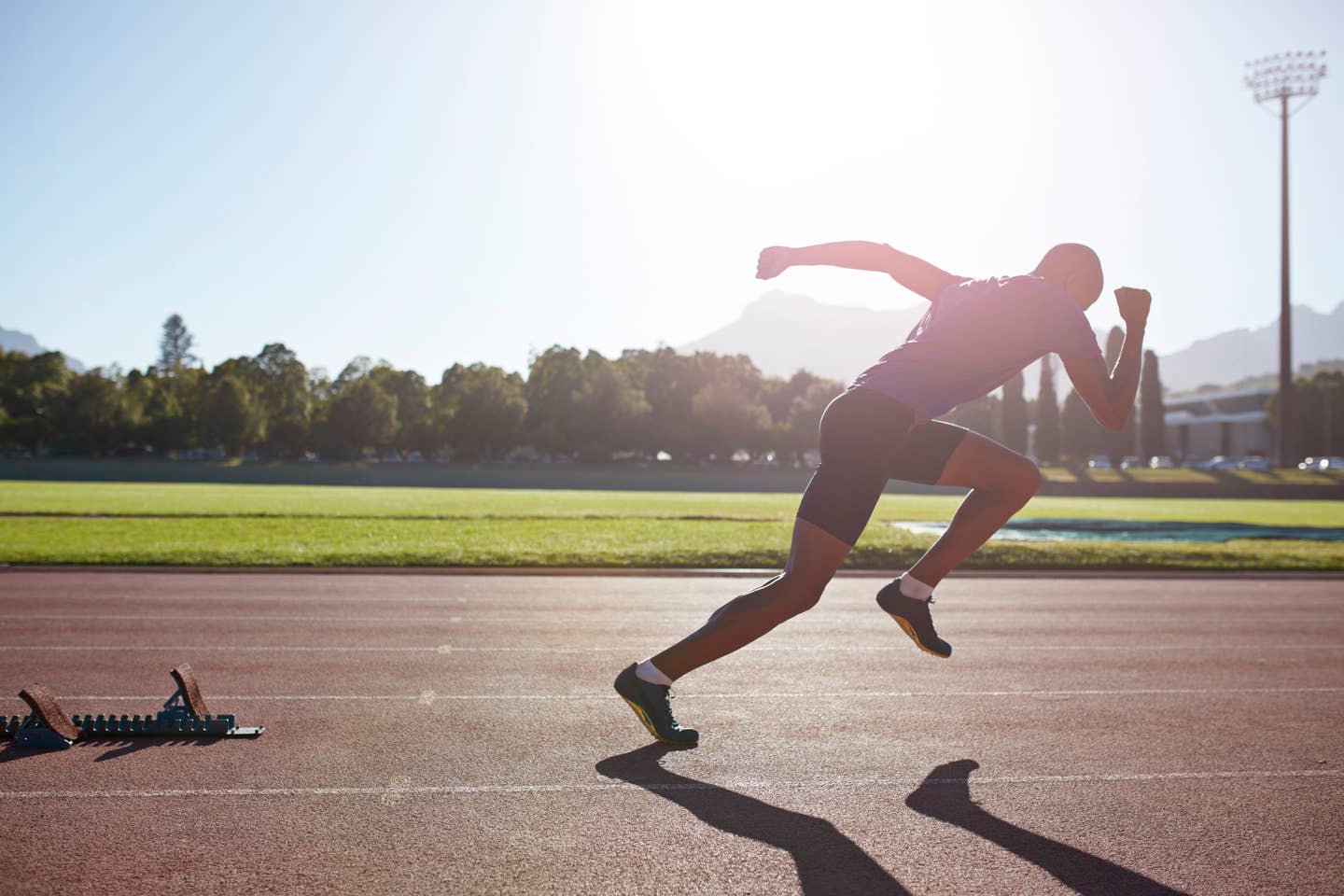
Can the Color of Your Sports Drink Make You Run Faster and Farther?
Exercising can be as much of a mind game as a physical act—your brain may be telling you to stop while your body is still physically capable of pushing forward, further. for much longer. What if something as trivial as the color of your sports drink could change that narrative and trick your brain into running more miles, faster, and keeping on going?
New research has found that there appears to be a connection between motivation and the color of our sports beverages. For athletes who would do anything to improve their running distance and times, or train longer in each session (to ramp up for a marathon or other event), this could be an easy way to boost performance. Plus the study reveals other potential ways we can better rehydrate post-exercise.
It all comes down to the color of your drink
A recent study published in Frontiers of Nutrition found that a pink sports beverage increased exercise performance in participants–more than any other color. The study asked the participants to run on a treadmill at a speed they could maintain for 30 minutes. As they ran, they were asked to rinse their mouths with either a pink artificially sweetened drink that was low in calories, or a clear artificially sweetened drink that was equally low in calories.
The only difference between the two beverages was the color since researchers used food dye to create a pink hue in the “pink drink.” According to researchers, they went with pink because it’s often associated with being sweet and makes individuals believe they are getting a beverage that is sugary and carb-filled.
The end result of the study found that those who received the “pink drink” ran 212 meters further (or approximately 0.13 miles) and boosted their average speed by 4.4%. The same group also had increased feelings of pleasure, which indicates they enjoyed the workout and it seemed easier than the clear drink group.
“The influence of color on athletic performance has received interest previously, from its effect on a sportsperson’s kit to its impact on testosterone and muscular power,” states corresponding author, Dr. Sanjoy Deb, in an interview. “Similarly, the role of color in gastronomy has received widespread interest, with research published on how visual cues or color can affect subsequent flavor perception when eating and drinking.” Deb went on to add, “The findings from our study combine the art of gastronomy with performance nutrition, as adding a pink colorant to an artificially sweetened solution not only enhanced the perception of sweetness but also enhanced feelings of pleasure, self-selected running speed and distance covered during a run.”
How does your gastronomy affect sports performance?
Gastronomy is the study of food and culture, and it helps us understand how tasting, experiencing food impact our sensory responses to nutrition, or how our brain reacts to certain foods and beverages. If you have two plates of food in front of you—one with all neutral colored food (mashed potatoes, brown rice, and mushrooms) and another that contains bright vibrant colors like green beans, red peppers, and blueberries—chances are you’re reaching for the colorful plate. It leads the brain to think that certain colors have more flavor.
In this case, it’s believed the pink color of the sports drink made the brain believe it was getting energy from carbohydrates, which allowed the participants to run faster and longer. Other research has been conducted with a similar outcome.
A 2014 study published in Nutrients found that participants given a carbohydrate mouth rinse had increased performance during moderate to high-intensity exercise. In doing this, researchers believe the activation of oral receptors and the brain “reward” areas gave participants that extra boost. This outcome seemed to be accentuated when participants had lower amounts of glycogen stores, which indicates that the body is looking for more fuel from carbohydrate-rich foods.
Don’t overlook your post-workout beverage
Hydration is important, especially when you’re exercising and losing fluids from your sweat. The American Council on Exercise recommends you consume 7 to 10 ounces of fluid every 10 to 20 minutes during exercise and rehydrate by drinking 16 to 24 ounces for every pound of body weight lost post-exercise. They also indicate that rehydration occurs faster when you sip on a beverage that contains sodium.
Our body contains electrolytes that keep our fluids balanced, maintain muscle contraction, and keep our neural activity going. They include essential minerals such as sodium, calcium, and potassium. Our kidneys aim to keep our electrolytes balanced by conserving or excreting them. The water in our body follows the locations where electrolyte concentration is high, which is why they can get lost when we excessively sweat via exercise.
The two key electrolytes that are lost in high concentrations during a sweat session include sodium and chlorides. The other electrolytes—potassium, magnesium, and calcium—are lost as well but in lower concentrations. Research has indicated that an electrolyte-rich beverage should be considered for avid exercisers to reduce muscle cramps and avoid dehydration. Not to mention a severe imbalance in electrolytes can lead to some serious side effects.
Symptoms of loss of electrolytes may include:
- Fast or irregular heartbeat
- Nausea and vomiting
- Fatigue and muscle weakness
- Muscle cramping
- Headaches
- Irritability
Before stocking up on these mineral-rich fluids, be sure to take into consideration how much you get through the food you eat. Many of us already consume above the recommended amount of sodium needed per day, and a healthy balanced diet would include foods rich in potassium, calcium, and magnesium.
Bottom Line: When you think you can't go further and faster, use any means possible to tell yourself you can, since your brain is in charge of your workout. Find your "pink drink" that tells you "I can push further, I can go faster. I got this!" Stay hydrated, but know that you can always push yourself to do more, and to work harder to achieve your fitness foals.
More From The Beet
